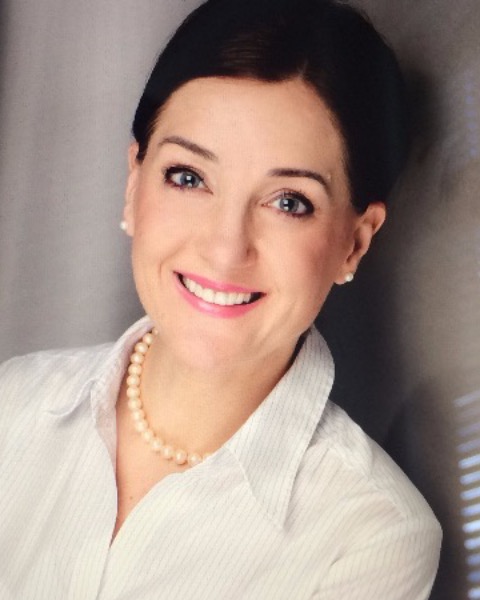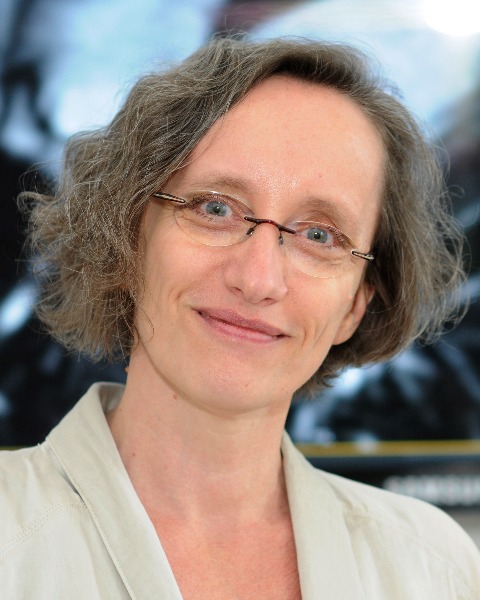Science Sessions
Assessing Reliability and Comparability of 4D Flow CMR Whole Heart Measurements with Valve Tracking – A Multicenter Study with Healthy Travelling Volunteers Across the Berlin Research Network for Cardiovascular Magnetic Resonance
- ED
Elias Daud, MD
Researcher- Cardiologist
Charite-Universitätsmedizin Berlin, Germany - ED
Elias Daud, MD
Researcher- Cardiologist
Charite-Universitätsmedizin Berlin, Germany - RT
Ralf Felix Trauzeddel, MD
Researcher- Medical Doctor
Charité - Universitätsmedizin Berlin, Germany - MM
Maximilian Müller, MD
Doctoral candidate
Charité - Universitätsmedizin Berlin, Germany - LV
Luc T.W. Vestjens, MD
Researcher- Medical Doctor
Radboud University Medical Center, Netherlands - JG
Jan Gröschel, MD
MD
Charite, Germany - DV
Darian Steven Viezzer, MSc
Researcher
Charite, Germany - TH
Thomas C. R Hadler, PhD
Postgraduate
Charité - Universitätsmedizin Berlin, Germany 
Edyta Blaszczyk, MD
Cardiologist
Charité - Universitätsmedizin Berlin, Germany- NJ
Ning Jin, PhD
Senior Key Expert
Siemens Healthineers - DG
Daniel Giese, PhD
Scientist
Siemens Healthineers, Germany - SS
Sebastian Schmitter, PhD
Assistant Professor
Physikalisch-Technische Bundesanstalt, Germany 
Jeanette Schulz-Menger, MD
Head Working Group Cardiac MRI
Charité/ University Medicine Berlin and Helios, Germany
Presenting Author(s)
Primary Author(s)
Co-Author(s)
Four-dimensional flow cardiovascular magnetic resonance (4D Flow CMR) holds significant promise for the visualization and quantification of hemodynamics within the heart and vessels (1,2). Consistent quantification of flow and velocity with CMR is crucial for guiding the evaluation and management of patients with valvular heart disease. Until now, its application in adult cardiology has primarily been for research purposes (3,4). This study aimed to investigate intracardiac flow dynamics and assess the comparability and reliability of these measurements across various sites.
Methods:
20 healthy volunteers were recruited and underwent CMR imaging at four different sites within the Berlin research network for-CMR (BER-CMR) (site I: 3T Skyra fit; site II and III: 3T Prisma fit, site IV: 1.5T Avanot fit, all Magnetom Siemens Healthineers, AG, Erlangen)(5). All sites employed the same 4D Flow research sequence with the following scan parameters: Echo Time Range of 2.4-2.38ms, Temporal Resolution Range of 40.8-40.64 ms, flip angle 8° and voxel size of 2.3x2.3x2.3 mm. A compressed sensing acceleration technique was used with an acceleration factor of 7.6. Three-directional velocity-encoding was set to 150–200 cm/sec. Site II used a 32-channel coil, other sites used an 18-channel coil.
Assessment of forward flow volume (FFV), peak and mean velocity (PV and MV) across the heart’s valves were conducted using retrospective valve tracking with CAAS MR Solution. FFV measurements of the aortic and pulmonary valves were compared to each other and to the stroke volume (SV) of the left and right ventricle, obtained from cine imaging analysis with CVI42 software. Tolerance ranges for reliability assessment were defined through a scan-rescan analysis conducted at site I. Additionally, intra- and interobserver analyses for the measurements at site I were conducted to assess consistency using interclass correlation coefficients (ICC).
Results:
19 healthy volunteers were included in the analysis. Inter-site comparability analysis across all heart valves revealed a strong reliability for FFV, PV and MV, except of FFV for the mitral valve at two sites and PV for the tricuspid valve at one site (Figure 1). Correlation analysis of SV and FFV of the corresponding ventriculoarterial valves demonstrated good agreement (aortic valve: r=0.89, P< 0.001;pulmonary valve: r=0.88, p< 0.001) (Figure 2). Comparing FFV of the pulmonary and aortic valve using 4D flow CMR demonstrated a significant correlation (r=0.95, P< 0.001) (Figure 3). Inter- and intraobserver analysis yielded excellent ICC values (FFV:0.991;MV:0.979; PV:0,992) ,(FFV:0,996;MV :0,976; PV:0,995) respectively.
Conclusion:
4D Flow CMR whole heart measurements among healthy volunteers were comparable across the sites. Despite the presence of diverse confounders such as different field strengths and surface coils strong agreement was observed. These findings hold particular importance for the effective implementation of multicenter studies in the future.

